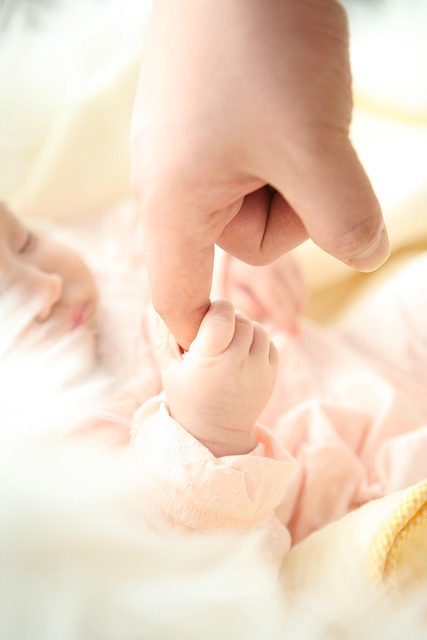In today’s fast-paced world, fostering happiness and emotional resilience in our children has never been more critical. Many parents are searching for effective strategies to help their kids navigate the complexities of modern life. One promising solution is the implementation of mindfulness programs in schools.
Picture this scenario: “Give it back!” my six-year-old daughter, Emma, shrieked at her brother, Jake, from another room. “No, it’s mine!” he retorted. Then, silence enveloped the house. This silence was unsettling, as I braced myself for the familiar crescendo of chaos. Driven by curiosity and a hint of trepidation, I ventured to investigate. To my surprise, I found Emma seated on her bedroom floor, visibly upset but engaging in a technique she referred to as “popping mad bubbles.” Her breathing was steady and her demeanor was calming.
This moment was a revelation. Emma had been participating in a mindfulness program at her school called Mindful Moments, which began in 2016. Each morning, students listen to brief guided sessions over the loudspeaker, led by mindfulness expert Sarah Thompson. These sessions incorporate simple yet effective exercises—breathing techniques, visualizations, and even the playful concept of “popping emotional bubbles.” Each session concludes with encouragement for the children to “Seize the day!”
Mindfulness is essentially a mental workout, where individuals focus their attention on a singular object—be it their breath, surrounding sounds, or even the taste of food. Engaging in this practice has been shown to physically alter brain structures. Notably, the amygdala, the brain’s stress center, can shrink with regular mindfulness practice, while the prefrontal cortex, which governs decision-making and awareness, becomes thicker. Ultimately, this leads to reduced stress and enhanced decision-making skills, paving the way for happier children.
My son, who is now in fifth grade, has been part of the Mindful Moments initiative for two years. He often shares his favorite activities from the sessions, which encourage him to remain grounded and aware in the present moment. Simple prompts like “Every time you feel a warm breeze, say, ‘Hooray!’” or “When you sip cold water, notice how refreshing it feels” help him connect more deeply with himself and others.
The efficacy of mindfulness programs is supported by a wealth of research. Studies have consistently shown that these practices can be beneficial for children, helping them cope with challenges—including the recent tragedies that have become all too common in our schools. For instance, the program is also being utilized in Las Vegas schools to support students as the community heals from a tragic event.
By teaching our children to be present and to manage their emotions, we equip them with essential tools for life. Emma, for instance, has learned to articulate her feelings better, and we’ve witnessed a significant decrease in conflicts and aggressive behaviors at home. She understands how to pop her mad bubbles—something I’m still trying to master!
If you’re interested in implementing a mindfulness program like Mindful Moments in your child’s school, I encourage you to take that step. A positive shift in your school could greatly benefit not only your children but also the future adults they will become.
For more information on parenting strategies, you might find it helpful to explore this article on fertility and family planning, which can provide insights into your journey as a parent. Additionally, for more resources on pregnancy, check out this excellent guide.
In summary, mindfulness can be a game-changer for our children, fostering emotional intelligence and resilience in a world that often feels overwhelming.
